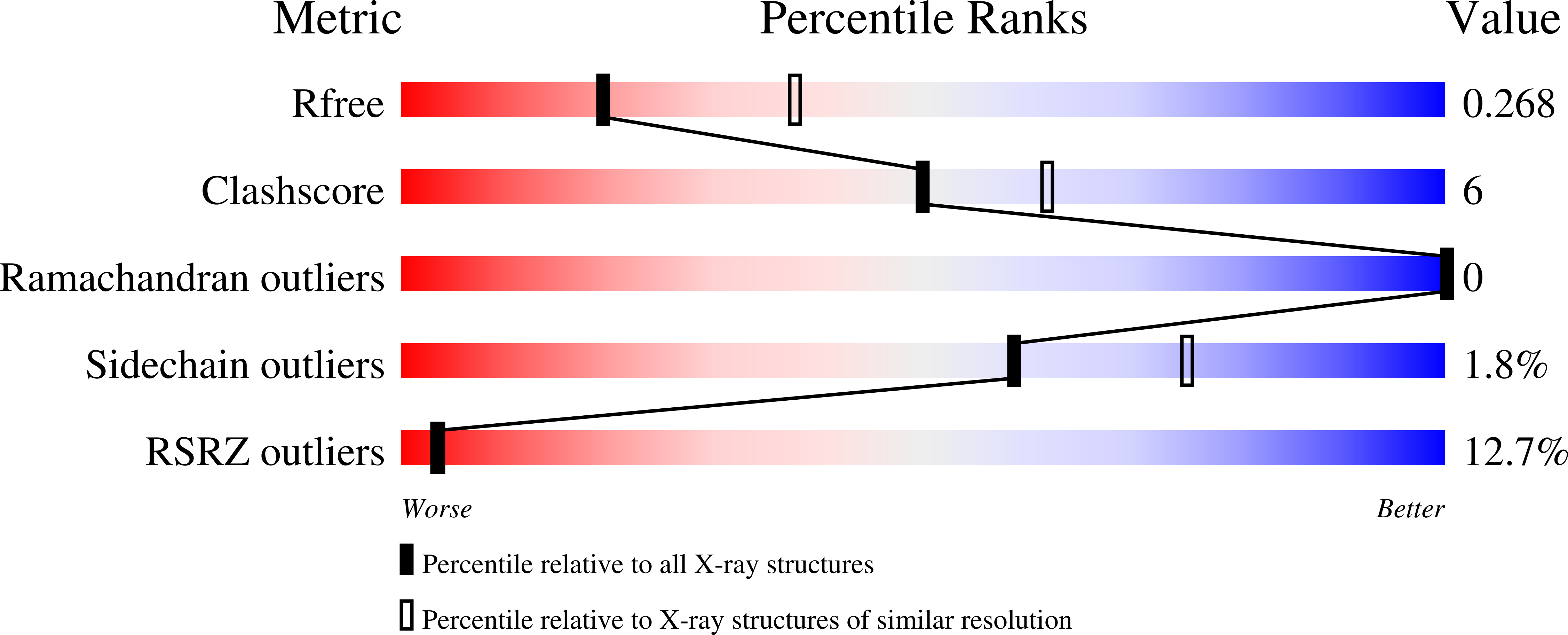
Deposition Date
2021-07-13
Release Date
2022-07-27
Last Version Date
2024-01-31
Entry Detail
PDB ID:
7P4U
Keywords:
Title:
Crystal structure of PqsR (MvfR) ligand-binding domain in complex with 3-PYRIDIN-4-YL-2,4-DIHYDRO-INDENO[1,2-.C.]PYRAZOLE
Biological Source:
Source Organism:
Host Organism:
Method Details:
Experimental Method:
Resolution:
2.74 Å
R-Value Free:
0.27
R-Value Work:
0.24
R-Value Observed:
0.24
Space Group:
P 65 2 2


